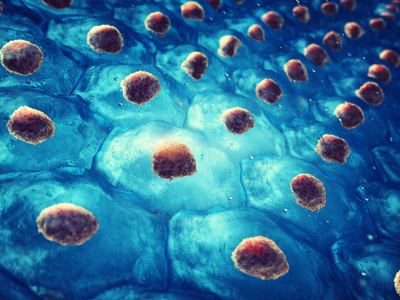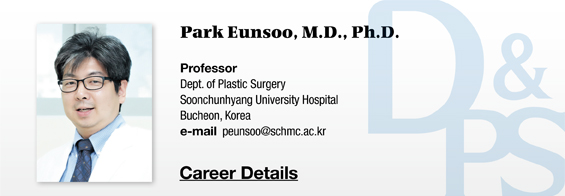
Stem cells have the ability of self-renewal as well as differentiating into various types of cells(pluripotency). Such ability of stem cells is possible due to a special molecular regulation mechanism. As indications of stem cell therapy are expanding, more attention is given to how the growth and differentiation of stem cells are regulated. Extensive research is underway to find ways to replace damaged organ cells with hematopoietic stem cells or mesenchymal stem cells.
The exact process of stem cells’ differentiation into adult cells following transplant is not clearly understood yet. More research is needed in this regard. There are many studies currently looking into regulatory mechanisms of stem cell proliferation and differentiation.
In 2006 and 2007, Dr. Yamanaka and his colleagues at Kyoto University in Japan published their studies on inducing reprogramming of mouse embryonic or adult fibroblasts(induced pluripotent stem cells, iPSCs). Their discovery has gained extensive academic interest and is being further researched. In recognition of his seminal work, Dr. Yamanaka was awarded The Nobel Prize in Physiology or Medicine in 2012.
History of iPSCs Research
Dedifferentiation refers to the process where differentiated cells return to the previous undifferentiated state. Dedifferentiation can be brought on by a series of eugenic regression reprogramming. Therefore, iPSCs refer to differentiated somatic cells that were artificially induced to have pluripotency resembling that of embryonic stem cells.
Induction of dedifferentiation was first successfully carried out in 1997 by a British embryologist Dr. Wilmut and his colleagues when they created a cloned lamb, Dolly through nuclear transplantation. This showed that artificial dedifferentiation of adult somatic cells was possible using ovoplasm.
In 2005, Collas et al. succeeded in using extracts of embryonic stem cells or embryonic tumor cells to treat somatic cells to form a colony resembling embryonic stem cells. They also suggested that it was possible to induce differentiation using three germ layers. In the same year, Dr. Eggan and this team at Harvard University reported that fusing embryonic stem cells and fibroblasts led to reprogramming of fibroblasts and restored their pluripotency.
These results indicate that a dedifferentiation factor exists within the ovum and embryonic stem cells. Based on this knowledge, in 2006, Yamanaka et al. succeeded in creating pluripotent cells by selecting four candidate genes among 24 that are involved in pluripotency from mouse somatic cells(Oct4, Sox2, Klf4, and c-Myc) to introduce as retrovirus and named these cells iPSCs.
A year later, Yamanaka and his colleagues succeeded in creating iPSCs from human somatic cells and reported that these cells could differentiate into nerve cells and cardiomyocytes. Their research indicated that somatic cells can be used to mass produce iPSCs that have the same genes as the patient, and won Dr. Yamanaka a Nobel Prize in Physiology or Medicine in 2012.
Process of Cell Differentiation
Cell differentiation refers to the process where immature cells mature into adult cells with specified functions. During fetal development, stem cells differentiate into adult cells through regulatory mechanisms. In adults, regeneration of damaged cells and continuous replacement of cells also go through a process similar to the differentiation of embryonic stem cells.
HELIOSⅡ/LOTUSⅡ/HYPERION – Manufacturer: LASEROPTEK(www.laseroptek.com)
Many gene expressions change throughout the process of differentiation which lead to changes in phenotype including cell size, cell membrane properties, cellular metabolism, and response to environmental stimuli. In an adult organism, stem cells carry out the function of differentiating into various cells. And there are numerous factors involved in regulating stem cell differentiation which can vary depending on the type of the stem cell and which cell it is differentiating into.
Through a balance between various intrinsic regulation factors and external stimuli, a decision is made on whether stem cells are maintained or differentiated into other cells. The timing and impact of key determinant factors can also change the final outcome of differentiation.
-To be continued





















